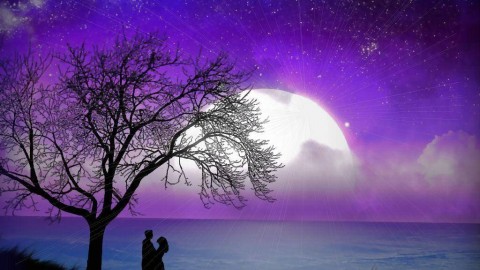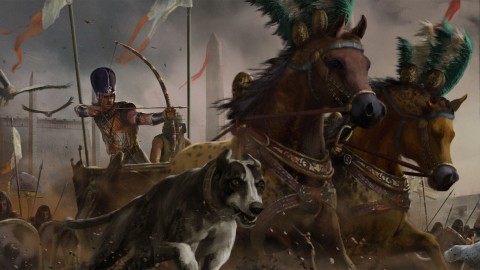Frozen shoulder, also known as adhesive capsulitis, is a condition characterized by stiffness and pain in your shoulder joint. Signs and symptoms typically begin gradually, worsen over time and then resolve, usually within one to three years.
Symptoms
Frozen shoulder typically develops slowly, and in three stages. Each stage can last a number of months.
- Freezing stage. Any movement of your shoulder causes pain, and your shoulder’s range of motion starts to become limited.
- Frozen stage. Pain may begin to diminish during this stage. However, your shoulder becomes stiffer, and using it becomes more difficult.
- Thawing stage. The range of motion in your shoulder begins to improve.
Causes
The bones, ligaments and tendons that make up your shoulder joint are encased in a capsule of connective tissue. Frozen shoulder occurs when this capsule thickens and tightens around the shoulder joint, restricting its movement.
It’s more likely to occur in people who have diabetes or those who recently had to immobilize their shoulder for a long period, such as after surgery or an arm fracture.
Risk Factors
Certain factors may increase your risk of developing frozen shoulders.
Age and sex: People 40 and older, particularly women, are more likely to have frozen shoulders.
Immobility or reduced mobility: People who’ve had prolonged immobility or reduced mobility of the shoulder are at higher risk of developing frozen shoulder. Immobility may be the result of many factors, including:
- Rotator cuff injury
- Broken arm
- Stroke
- Recovery from surgery Systemic diseases
People who have certain diseases appear more likely to develop frozen shoulders. Diseases that might increase risk include:
- Diabetes
- Overactive thyroid (hyperthyroidism)
- Underactive thyroid (hypothyroidism)
- Cardiovascular disease
- Tuberculosis
- Parkinson’s disease
Prevention
- Regular exercise
- Hot fermentation
- Stretching your shoulder and back muscles daily.
- Stretching your tendons (by rotating hands and palms to stretch different tendons).
- Practicing good ergonomics while sitting at a desk and using a computer.
- Maintaining a healthy immune system.
- Doing range-of-motion exercises as early as possible after an injury or surgery.
- IF you have diabetes, it is necessary to monitor it closely.
Homoeopathy Treatment
- Ferrum metallicum has cracking in joints. Particularly in the shoulder with an irresistible desire to bend the arm, with intense pain. Sudden crampsor tearing pain in the limbs. Rheumatic symptoms, especially of the left shoulder.
- Thiosinaminum is useful in torn ligaments, especially in the shoulder, affecting the mobility of the joint. Stiffness of shoulder joint.
- Rhus toxicodendron joint is hot, painful and swollen. Pains are tearing, especially in tendons and ligaments, and spread over a large surface of the nape of the neck. Worse after midnight, blow, jar, riding, ice cold drinks, wet rainy weather, beginning motion, rest and over exertion.
- Ruta graveolens is one of the chief remedies for injured joints, tendons and bruised bones. Cracking of joints, worse walking in the open air . tendons are sore, aching and painful. Worse from over exertion, injury. Overuse of joints; weak ligaments and joints; fibrositis, bursitis, tendonitis, frozen shoulder from overuse.
- Sanguinaria Canadensis is prescribed for rheumatism of the right shoulder. Cutting pain or stiffness in the right deltoid, worse raising and turning the arm. Pain is worse at night.











